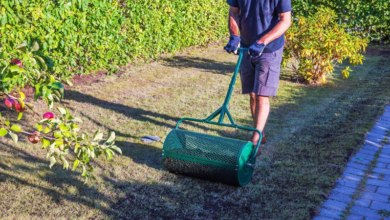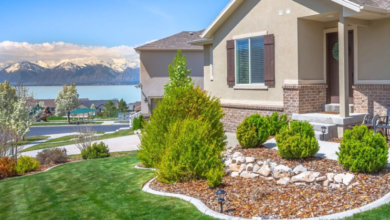6 Hidden Costs to Watch Out for When Building an ADU Prefab

An Accessory Dwelling Unit is a fun addition to your home to increase your living area and raise your property value or even rent out the addition. ADU prefab homes are preferable to many homeowners due to their speed and cheaper construction as compared to traditional houses. Nevertheless despite the prefab construction. There are some costs concealed in it that can completely surprise you unless you are ready. Limited information will help you budget wisely and you will avoid any unpleasant surprises in your project by knowing these expenses in advance.
1. Permit and Approval Fees:
You shall have to acquire the relevant building permits before construction starts. A number of cities impose zoning and design review or inspection fees. These may be accumulated easily based on where you are and local building codes. The first thing before you begin your ADU prefab project is always to check with your local authorities to get a clear picture of what is necessary and how much it will cost.
See also: 5 Landscaping Hacks That Save Homeowners Money
2. Site Preparation and Utility Connections:
Site preparation is one of the least considered costs in the construction of a prefab ADU home enlargement. Although the main building is constructed elsewhere and you still need to have land to construct it. That can involve grading and base work or clearance of obstructions such as trees and nineteenth-century buildings. It can also be expensive to connect water and electricity or sewage lines. This is particularly expensive when you do not have it in the first place.
3. Delivery and Installation Costs:
Most homeowners think that after a prefab unit is constructed it is the best. However, you need cranes and trucks or expert hands to carry your prefabricated accessory dwelling unit to your house and set it down in the right position. Such logistics may hike up your overall budget. Particularly when your house is in an inaccessible place or lacks the breadth of streets.
4. Landscaping and Exterior Finishing:
When your new unit is installed. It may require some more work to be done around it. You may need to fix your lawn and install a walkway or provide outdoor living areas so that it suits the appearance of your primary house. These are finishing touches that enhance the curb appeal. They usually come with additional costs that one can quickly forget about when planning your best prefab ADU project.
5. Design Modifications and Custom Upgrades:
Prefab accessory dwelling units come in standard models. But many homeowners choose to personalize their design. Custom finishes and upgraded materials or unique floor plans can quickly increase your final bill. Personalization helps your ADU blend with your existing home. It is important to balance style with budget before making too many design changes.
6. Utility and Maintenance Costs:
Your accessory dwelling unit will also incur continued expenses even after construction has taken place. The use of utility and taxes on property and insurance premiums increases. Maintenance costs such as plumbing and heating or roof repair will also accumulate over time. Having a small monthly budget to cover these costs would make having a prefab ADU home much less stressful.
Final Thoughts:
ADU prefab home construction is one of the most intelligent methods of adding space and value to your home. But it is important to think beyond the price tag. With this knowledge of the costs that remain hidden at the very front. You are in a position to make wise decisions and ensure your project is completed on time. Much control would make your best prefab ADU a beautiful and practical or affordable part of your house without straining your budget.



